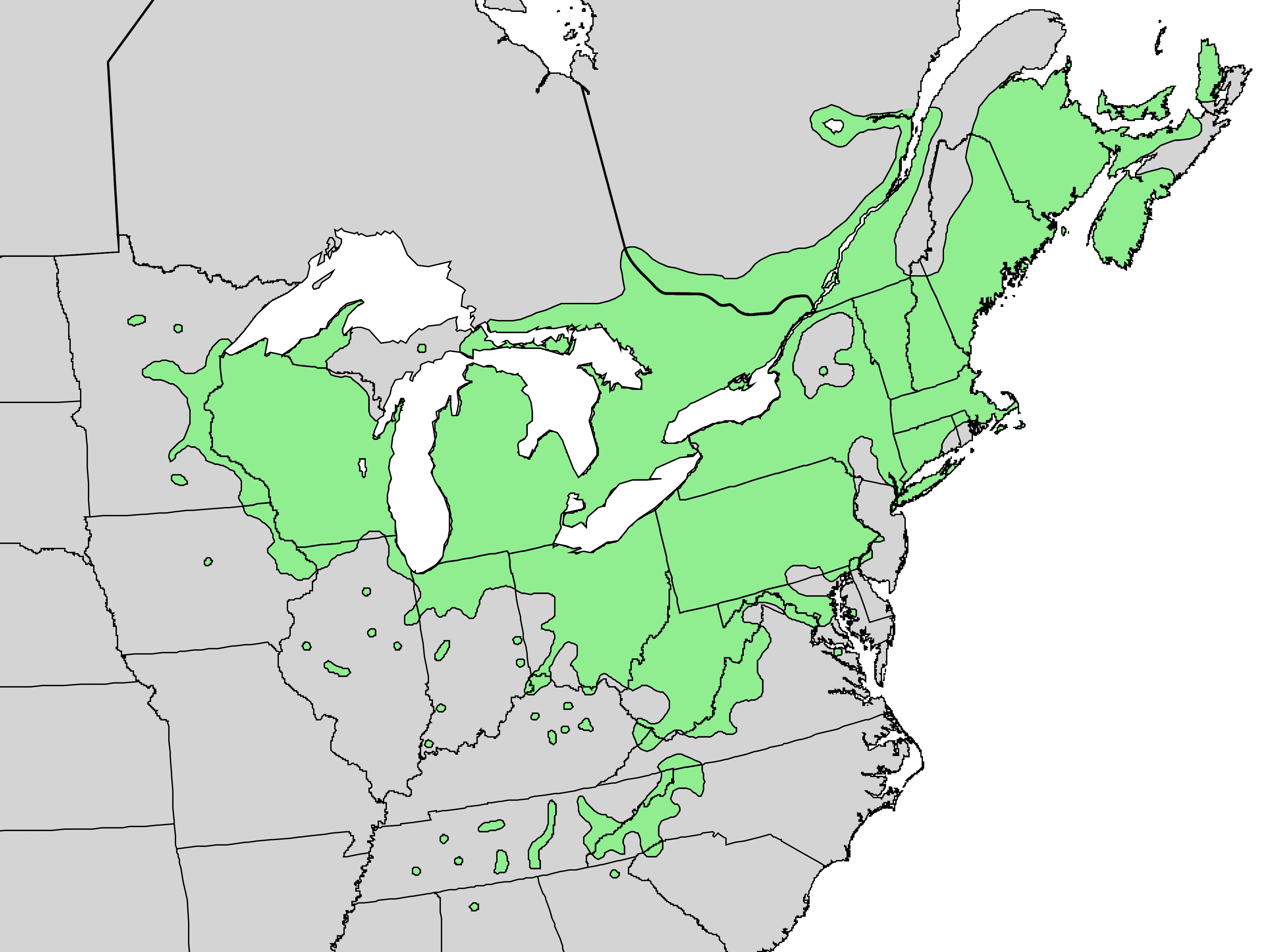
Staghorn sumac (Rhus typhina)
Staghorn sumac, also known as Red sumac, Vinegar tree
The staghorn sumac (Rhus typhina) offers several parts that can be utilized for making dyes and mordants:
1. **Berries**: These can be used to produce red or brown dyes.
2. **Leaves**: Capable of yielding a yellow dye.
3. **Bark**: The inner bark is rich in tannins, making it effective as a mordant to fix dyes.
It’s noteworthy that almost every part of the plant, except the roots, can be used for dyeing purposes due to the tannin content, which helps in maintaining the colorfastness of the dyes. Additionally, the plant serves ecological roles, with luna moth caterpillars feeding on its leaves and birds such as pheasants and wild turkeys consuming its fruits.
Key Facts About Staghorn sumac
Attributes of Staghorn sumac
Scientific Classification of Staghorn sumac
Toxicity
Ingestion, physical contact with sap